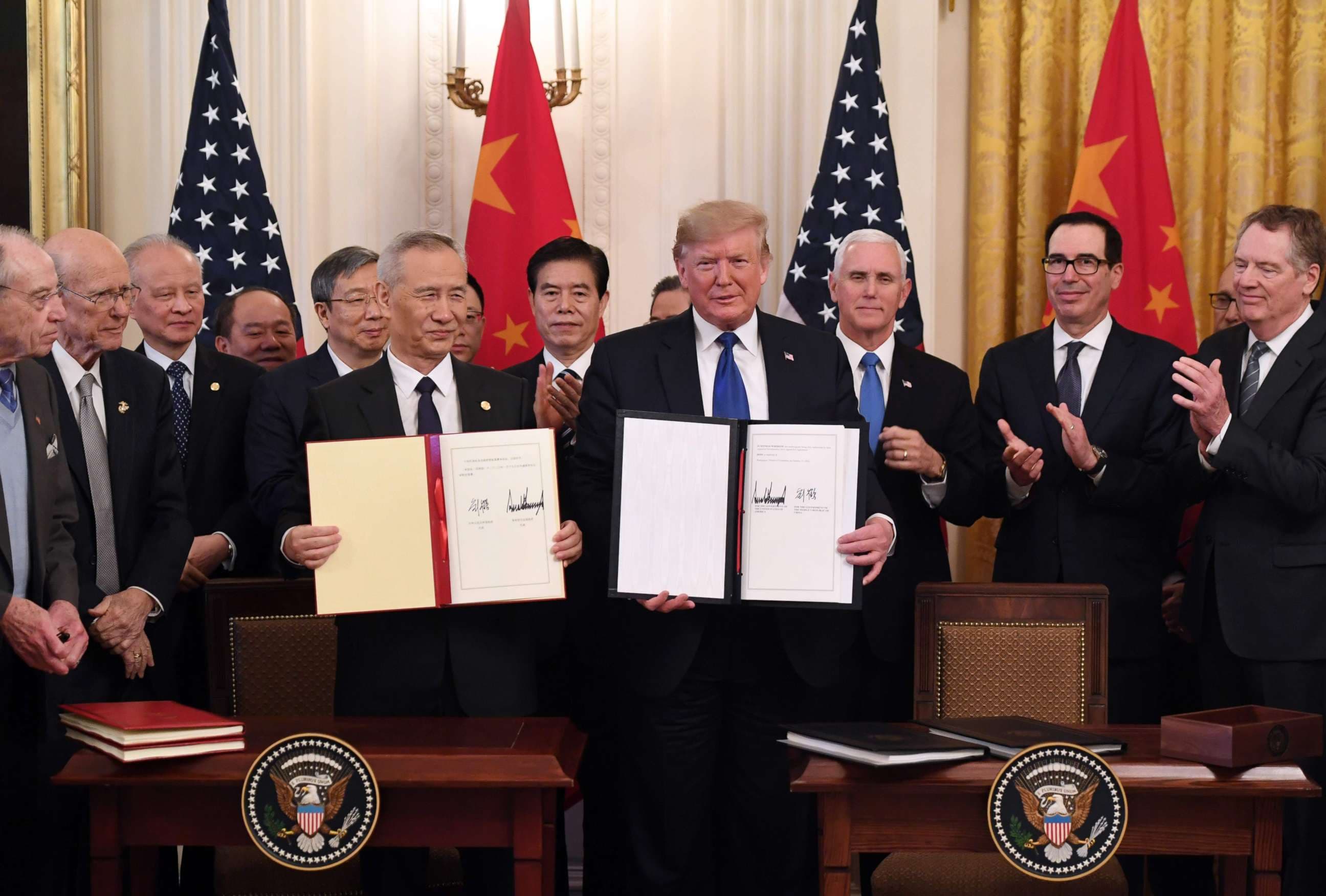US and China Reach Trade Consensus, Signaling De-escalation of Economic Tensions

Washington D.C. – The United States and China have reportedly achieved a significant trade consensus, with discussions underway for Presidents Donald Trump and Xi Jinping to finalize the agreement. This breakthrough encompasses a broad range of critical issues, including export controls, tariff suspensions, shipping fees, and enhanced cooperation on fentanyl-related measures and anti-drug initiatives, alongside broader trade expansion. The news has already sparked a notably positive market reaction, with financial analysts Geiger Capital observing, "> Bears are dead… Send it. 🚀🫡"
The comprehensive negotiations aim to address long-standing economic friction points between the world's two largest economies. Provisions within the emerging consensus include adjustments to export controls, designed to streamline trade while safeguarding national interests, and the suspension of certain tariffs that have impacted bilateral commerce. Additionally, the agreement seeks to standardize shipping fees and foster an environment conducive to expanded trade across various sectors.
A crucial aspect of the agreement focuses on combating the illicit trafficking of fentanyl and its precursors. Both nations are committed to strengthening anti-drug cooperation, building on previous efforts to curb the flow of the deadly synthetic opioid. This renewed commitment comes amidst recent discussions in 2025 regarding a 20% "fentanyl tariff" imposed earlier in the year, indicating a determined effort to tackle this public health crisis.
This latest development follows a period of renewed trade scrutiny, including a U.S. investigation into China's compliance with the original 2020 Phase One trade deal. That agreement, signed during President Trump's first term, aimed to resolve trade imbalances and address issues like intellectual property and technology transfer. China had recently proposed restoring elements of that 2020 deal, signaling a willingness to re-engage on trade matters.
The consensus is anticipated to bring a measure of stability to global markets, which have been sensitive to U.S.-China trade relations. As Presidents Trump and Xi prepare for finalization, the agreement is poised to reshape the economic landscape, offering a pathway for reduced trade barriers and increased collaboration. The positive market sentiment reflects optimism that this consensus could usher in a new phase of economic engagement.